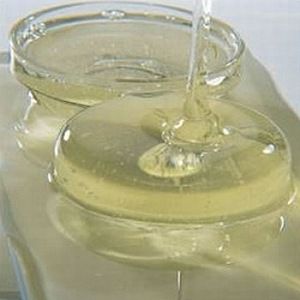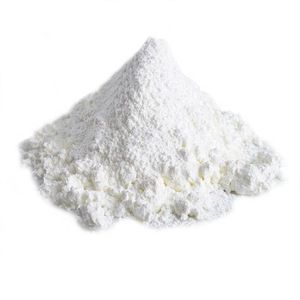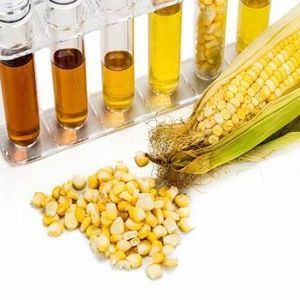Liquid Glucose Specifications
| ITEM | STANDARD |
| Appearance | Thick transparent liquid, no visible impurities |
| Smell | With a special smell of maltose |
| Taste | Moderate and pure sweet, no odor |
| Color | Colorless or slightly yellow |
| DE % | 40-65 |
| Dry solid | 70-84% |
| PH | 4.0-6.0 |
| transmittance | ≥96 |
| Infusion Temp°C | ≥135 |
| Protein | ≤0.08% |
| Chroma (HaZen) | ≤15 |
| Sulfate Ash(mg/kg) | ≤0.4 |
| Conductance (us/cm) | ≤30 |
| Sulfur dioxide | ≤30 |
| Total bacteria | ≤2000 |
| Coliform bacteria (cfu/ml) | ≤30 |
| As mg/kg | ≤0.5 |
| Pb mg/kg | ≤0.5 |
| Pathogenic (salmonella) | No exist |
Liquid Glucose Applications
Liquid Glucose major uses in commercially-prepared foods are as a thickener, sweetener, and for its moisture-retaining (humectant) properties which keep foods moist and help to maintain freshness.The more general term glucose syrup is often used synonymously with corn syrup, since the former is most commonly made from Corn Starch.
Technically, glucose syrup is any liquid starch hydrolysate of mono, di, and higher saccharide, and can be made from any sources of starch; wheat, rice and potatoes are the most common sources.

 China
China
